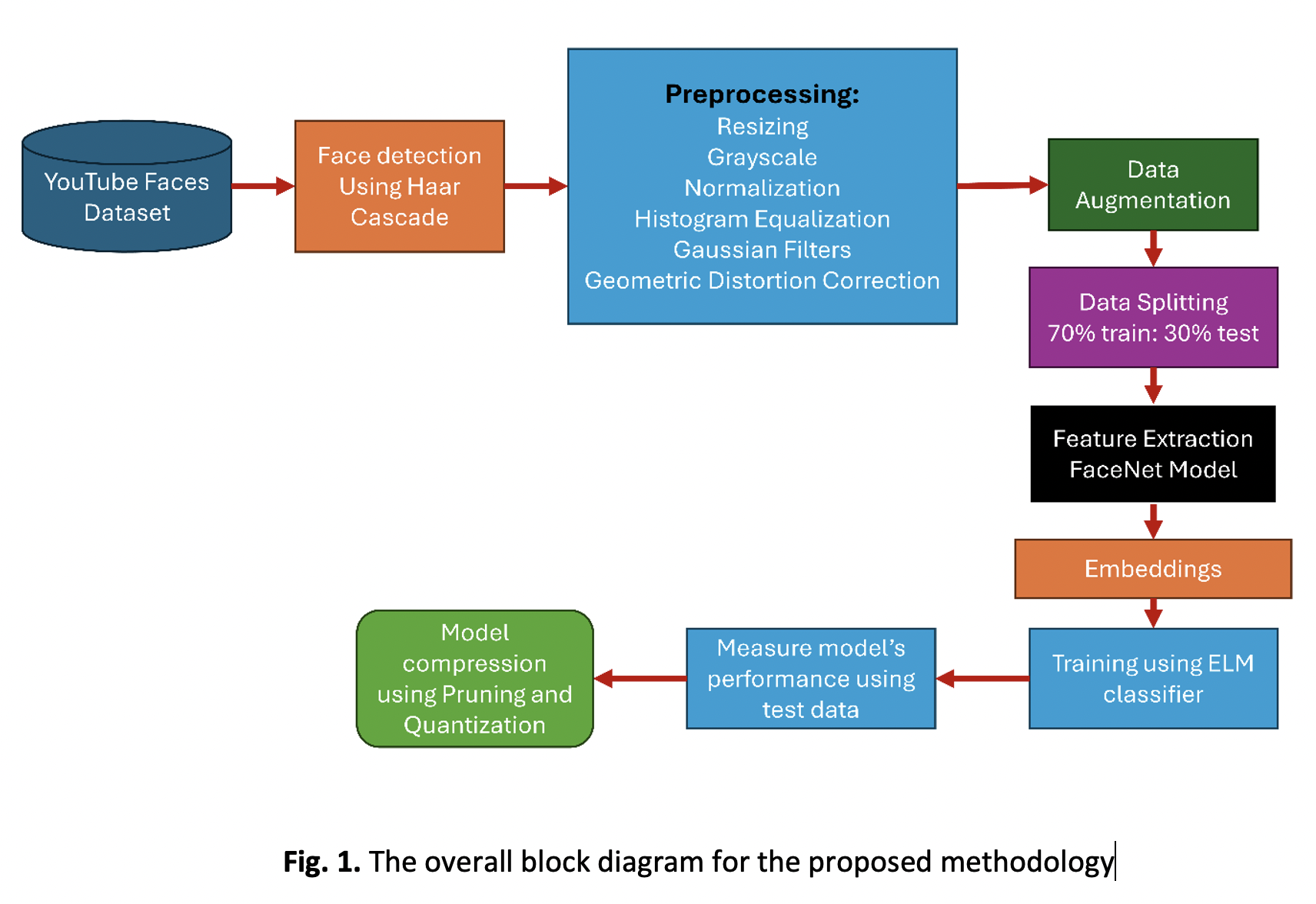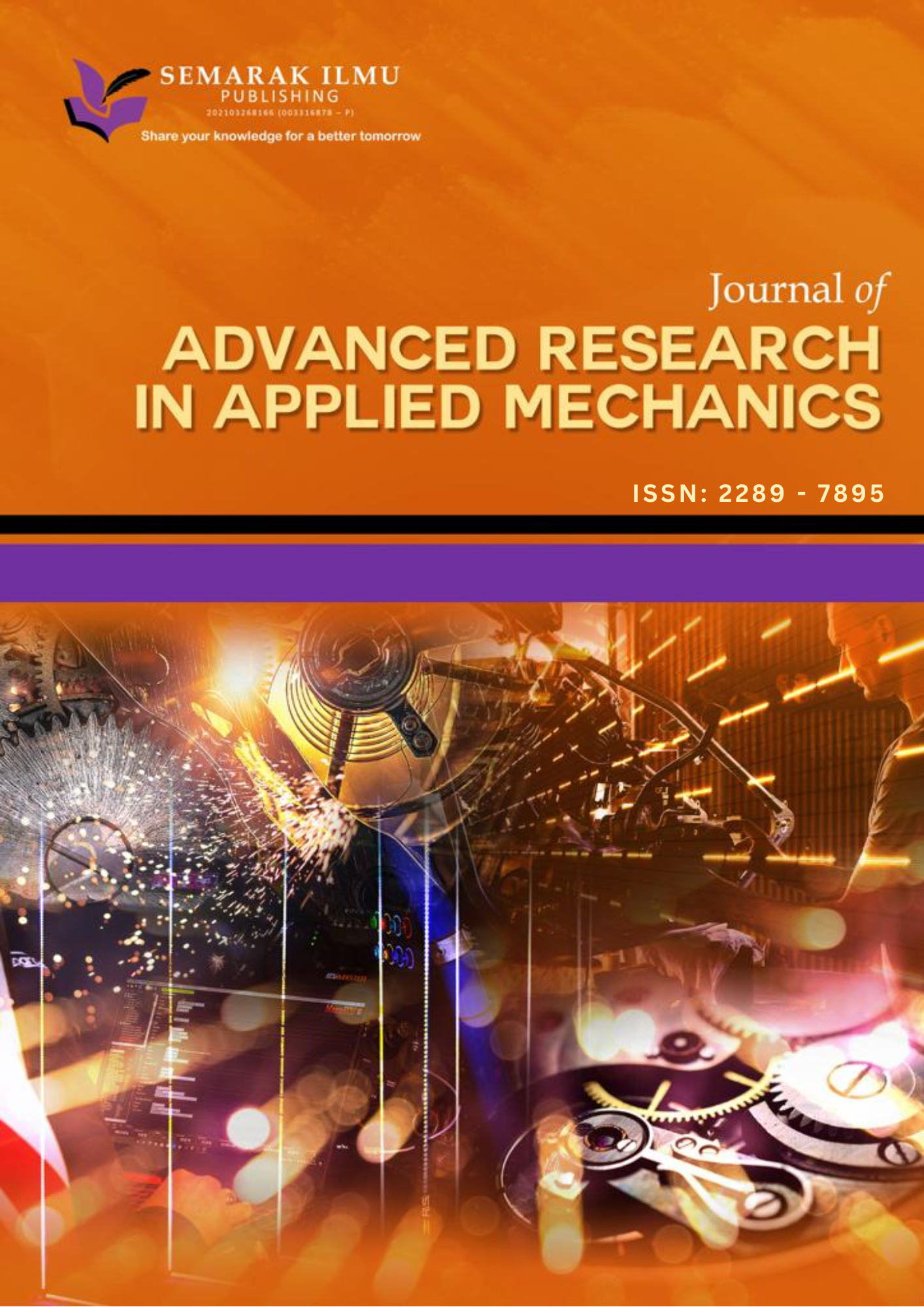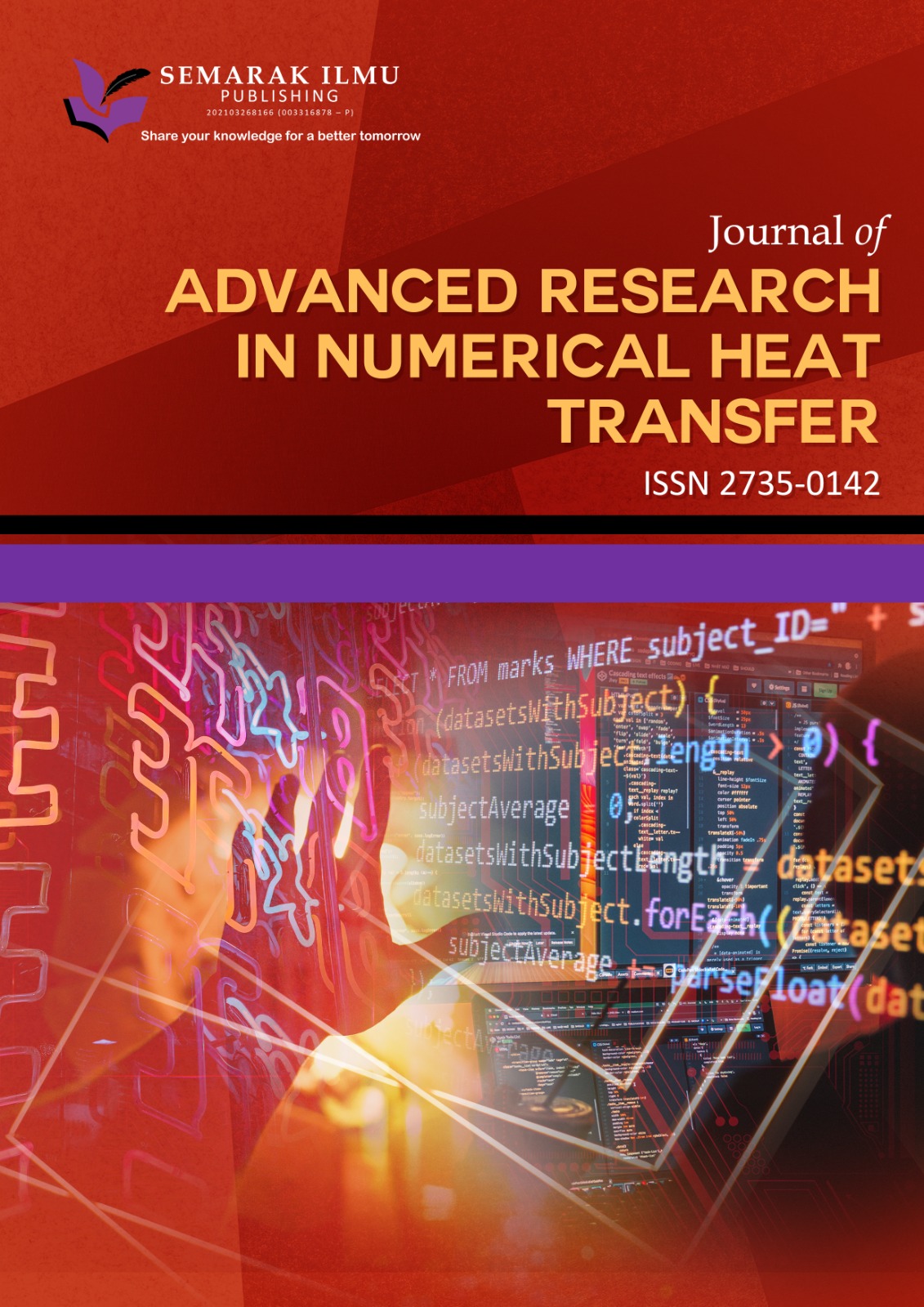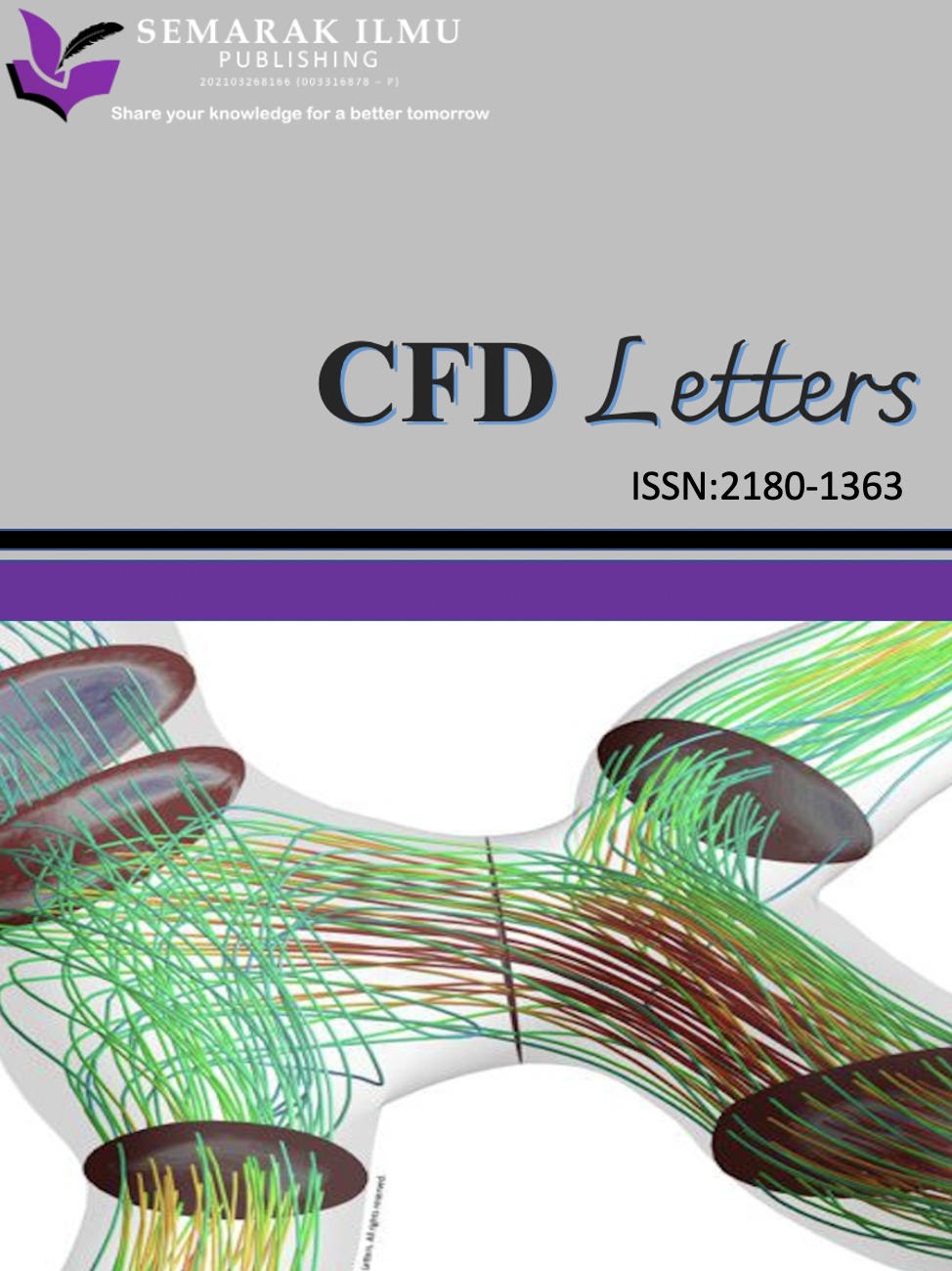Integrating facenet and extreme learning machines for enhanced face identification: addressing real-world challenges with advanced image processing techniques
DOI:
https://doi.org/10.37934/ard.137.1.243266Keywords:
Identity Verification, Face identification, FaceNet, Extreme Learning MachinesAbstract
Face identification forms an important area of computer vision due to its application in many real-time applications related to the security and surveillance of law enforcement agencies. Deep learning algorithms have revolutionized building face identification systems with high accuracy and speed. There is a dire need for systems that achieve more reliability and can handle a diverse range of scenarios. This work uses a junction of FaceNet, a convolutional neural network (CNN)-based model for feature extraction, and extreme learning machines (ELM) to form a face identification system. The projected performance of the proposed system is expected to outperform that of the existing systems in terms of accuracy and resilience. The improved performance of the proposed systems is rooted in FaceNet and ELM, which can capture intricate facial features and patterns accurately. The ELM runs very fast with a single hidden layer feed forward neural network. Extensive experiments were conducted on the Youtube-faces dataset, and images were captured in real time. The proposed method had a recognition accuracy of 99.1 percent, a precision of 98.5 percent, a recall of 97.8 percent, and an F1-score of 98.1 percent. Further, we have also applied pruning and quantization to compress the FaceNet+ELM model for its efficient performance on low computational power devices. Pruning reduces redundant weights and neurons, while quantization converts parameters from 32-bit to 8-bit, greatly reducing the model size and increasing the inference speed.Downloads























